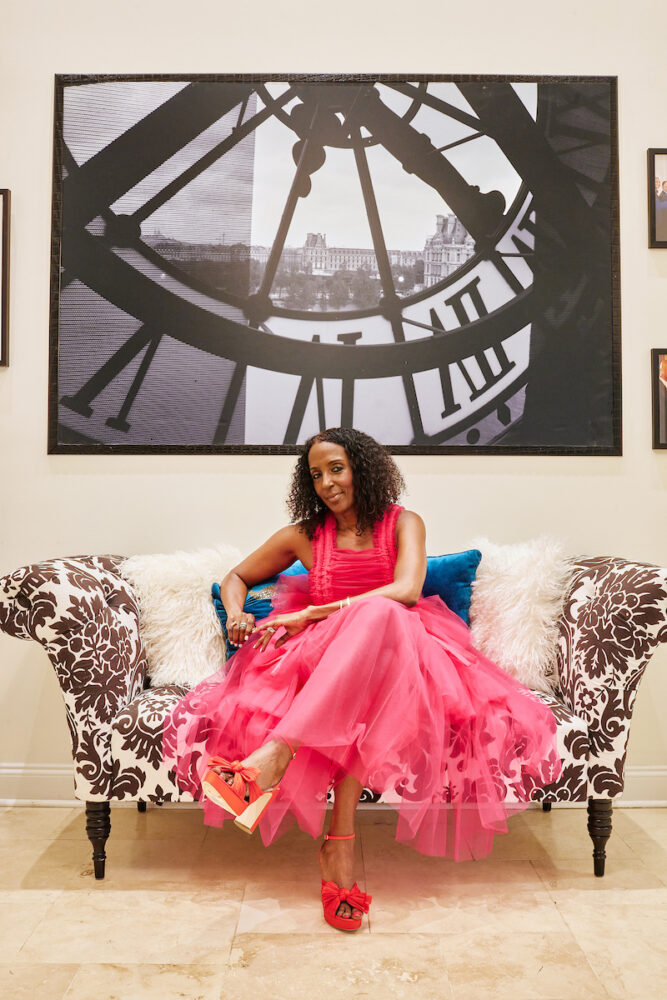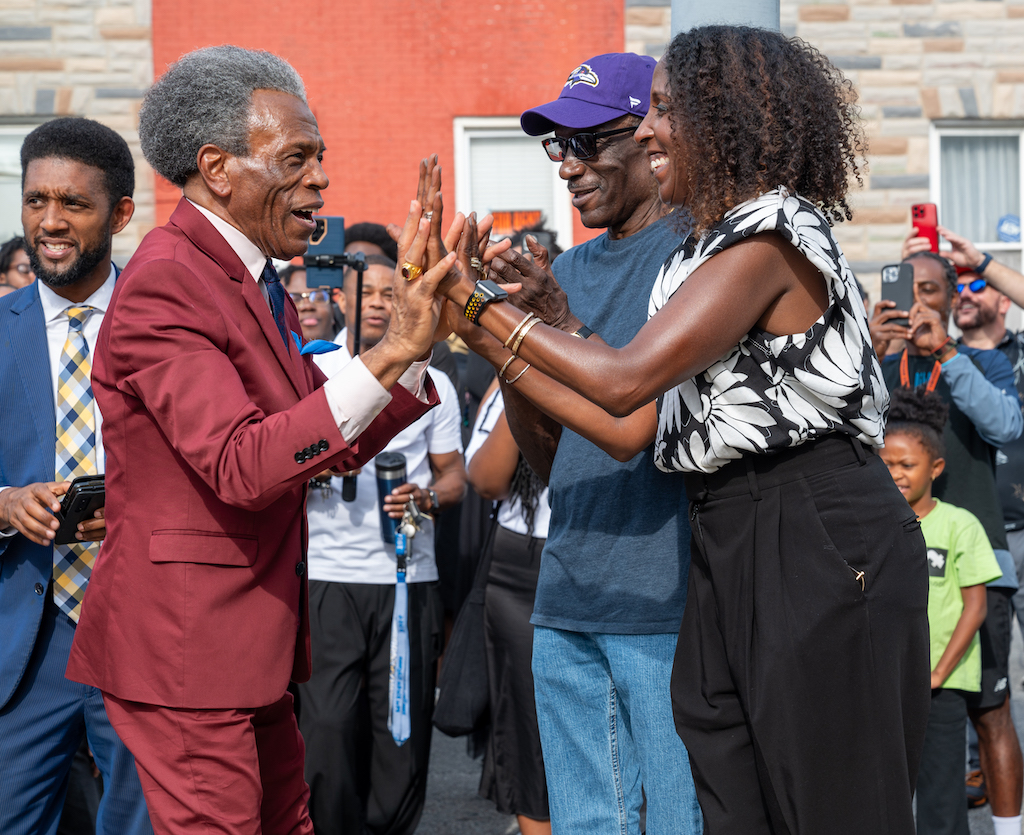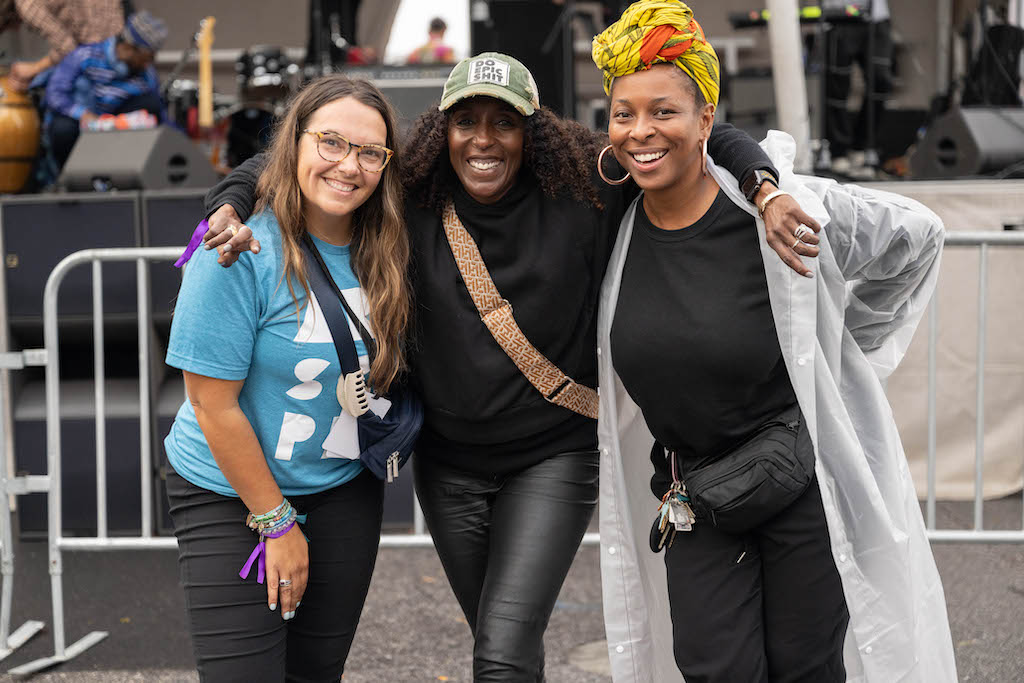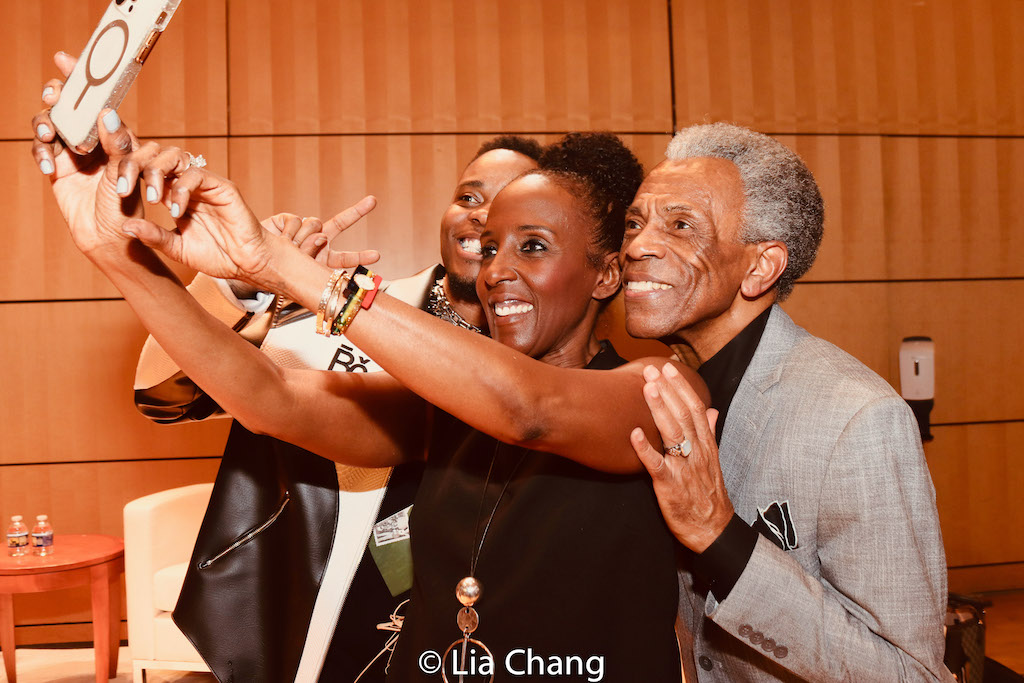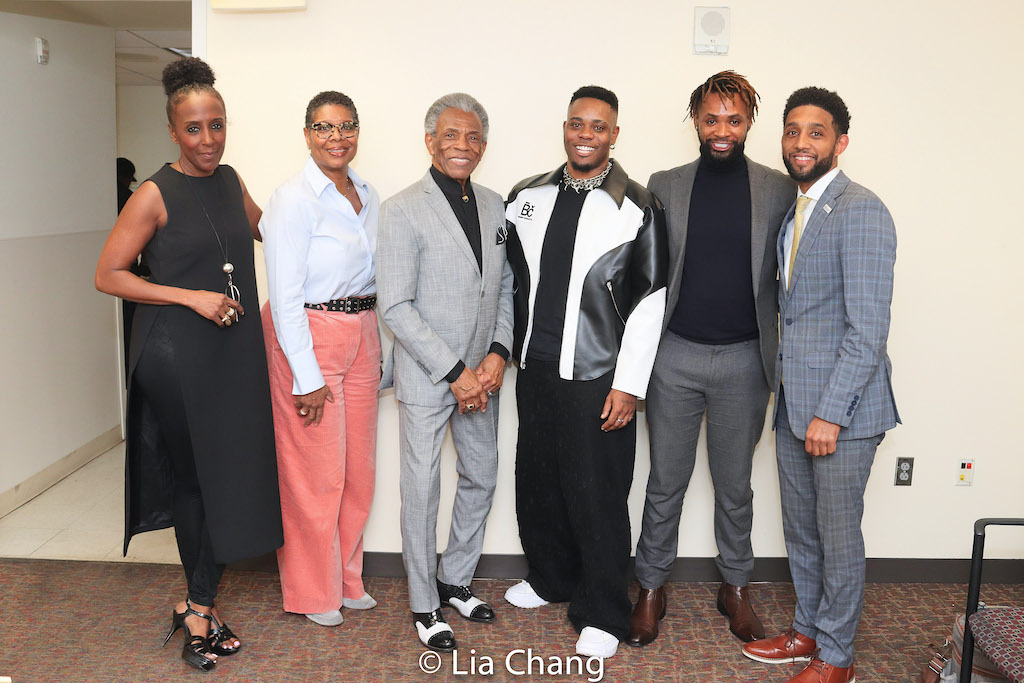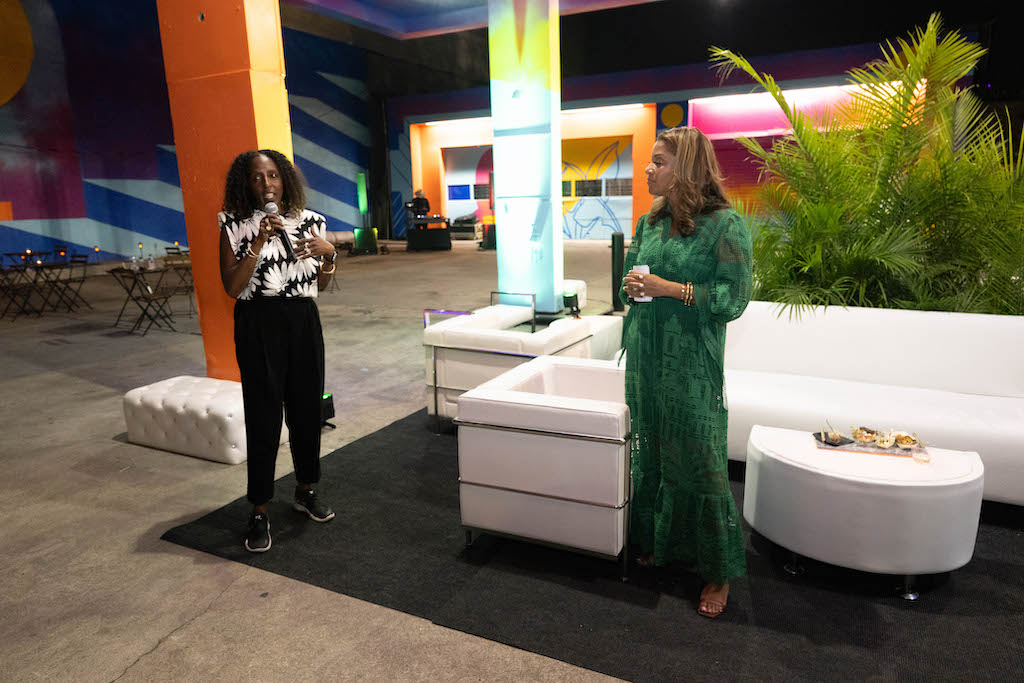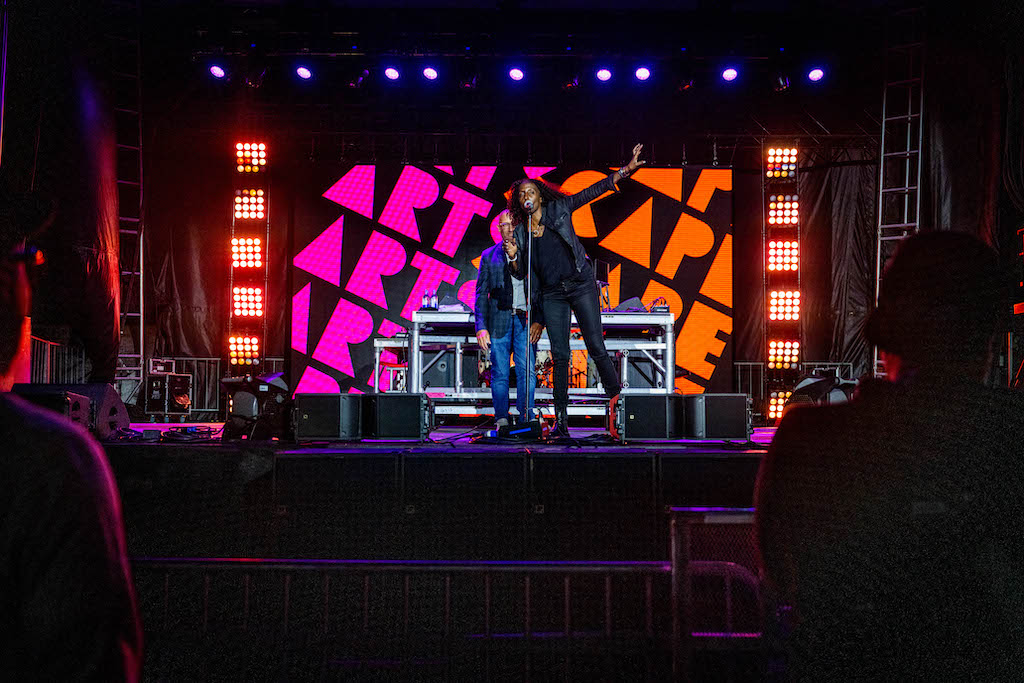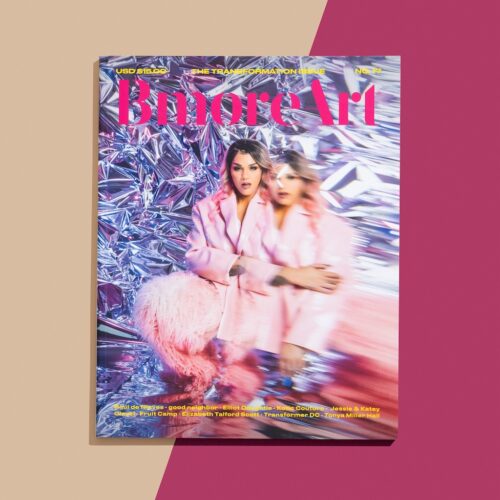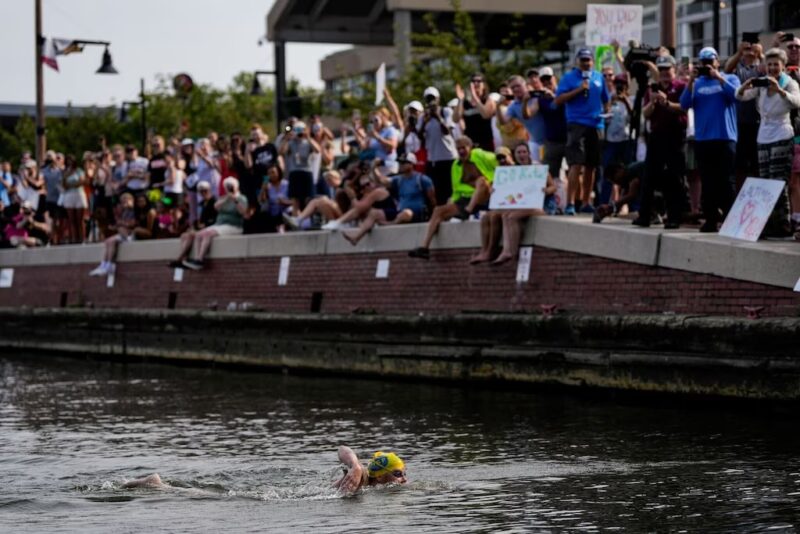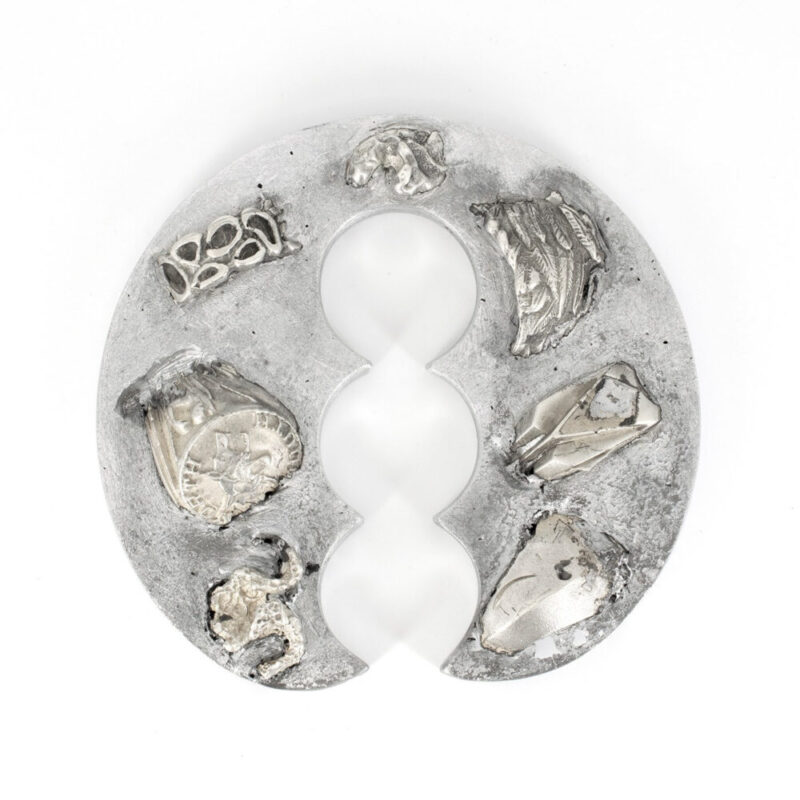The following interview was edited for clarity.
I love hearing that you are leaning into your superpowers. What is your superpower?
My superpower lies in the realm of turning ambitious, large-scale ideas into tangible realities. This ability to execute big ideas is what truly sets me apart. It’s not merely about having innovative or groundbreaking thoughts; the distinction lies in my methodical approach to bringing those ideas to fruition. This involves a combination of strategic planning, resourcefulness, and the capacity to inspire and mobilize toward a common goal. I’ve always been a dreamer and a big picture thinker—to imagine what could be beyond the current state. This visionary thinking, however, is firmly grounded in practicality. I understand the steps required to move from concept to reality, navigating complexities and obstacles with a problem-solving mindset. I am always resourceful. I’m adept at leveraging resources creatively and identifying new opportunities for support.
What is important about understanding our superpowers as artists, and charting an individual path where we can work from that space?
It’s hard to answer this question because artists and creatives are built differently and have different priorities. But if I am giving advice, it would be to follow through on the magic. The path from ideation to execution is rarely linear or obstacle-free. So, I would say staying resilient and flexible will allow you to stay the course when faced with challenges. This balance ensures that the vision is not lost amidst setbacks, but rather refined and strengthened.
What did it feel like to return to your native city of Baltimore after living and working in NYC for 25 years?
Returning to Baltimore after a quarter century in New York City has been an experience, characterized by a blend of nostalgia, rediscovery, and adaptation. The familiarity of the city’s streets—its distinctive neighborhoods and the warmth of its communities—struck a deep chord reminding me of my roots and the unique charm that Baltimore holds.
The city’s evolution during my absence has been quite noticeable. The next generation of creatives and cultural workers are deeply committed to the city and its prosperity. The city has blossomed into a vibrant hub for creativity, showcasing a rich tapestry of artistic expressions that rival the dynamism I experienced in NYC. The emergence of new galleries, public art projects, and cultural festivals, alongside the revitalization of the A & E districts, underscored a palpable sense of community and innovation that was less pronounced when I was a kid.
The most rewarding aspect of my return has been twofold: the beautiful life I am cultivating with my husband Mark and the heartwarming reception from the community. Coming back to my hometown has granted me a precious opportunity to contribute meaningfully to the essence of our community.
Conversely, witnessing the persistent challenges that Baltimore faces, such as socio-economic disparities and urban development issues. While much progress has been made, the reminders of what still needs to be addressed to achieve equitable growth and prosperity for all Baltimoreans is key.
You shared a vision of Baltimore in fifteen to twenty years bustling with creative hubs, with arts as an integral part of our economic engine—what pieces of that vision do you already feel when you spend time in the city?
Baltimore’s evolving landscape already offers glimpses of a future where arts and creativity are the bedrock of its economic and social vitality. Spending time in the city, I feel the pulse of this vision coming to life through various indicators: From Station North to Highlandtown, creative hubs are flourishing, blending art, technology, and entrepreneurship.
These areas are becoming magnets for innovation, attracting a diverse community of artists, makers, and tech visionaries. The energy and collaboration in these spaces are palpable, serving as incubators for new ideas and businesses that draw from the city’s rich cultural heritage. The integration of arts and culture into urban development and planning is becoming more visible. Artistic elements in public spaces—from pocket parks to the redevelopment of the waterfront and our streetscapes—enhance the city’s aesthetic appeal and livability. This approach to placemaking not only attracts residents and visitors alike but also signals a commitment to a future where the arts are seamlessly woven into the fabric of urban life.
In your work for Baltimore city’s arts and culture sector—what professional accomplishments are you most proud of?
My focus has always been on creating meaningful change, fostering community engagement, and driving forward initiatives that enhance our city’s vibrancy and cultural richness. From spearheading innovative arts programs to facilitating spaces for creative expression, the real reward has been witnessing the positive effects these efforts have on our community.
The accolades I value most come from the artists, colleagues, and community members whose lives and work are uplifted through our shared endeavors. I am continuously inspired by the potential for transformation in our city and remain committed to leading with creativity, ambition, and a vision for what Baltimore can achieve in the realm of arts and culture.


